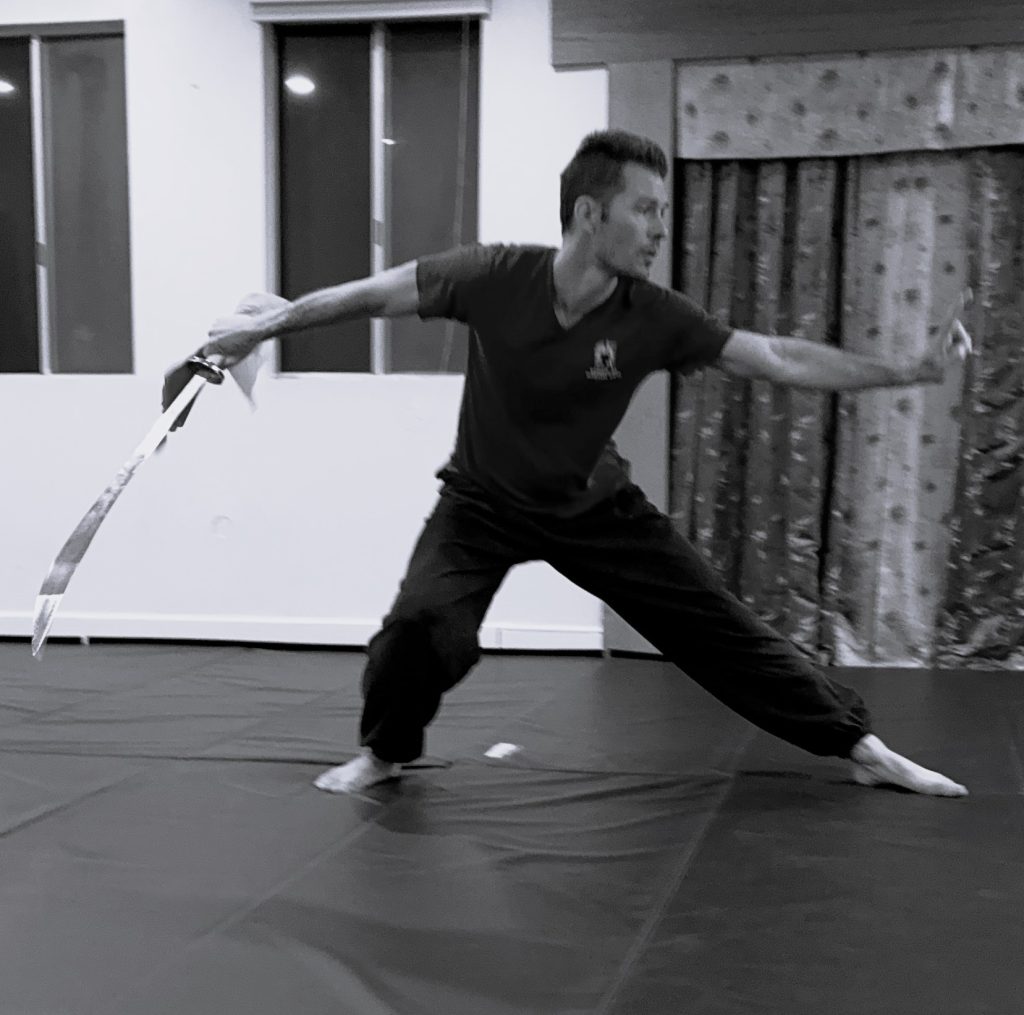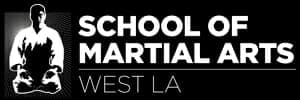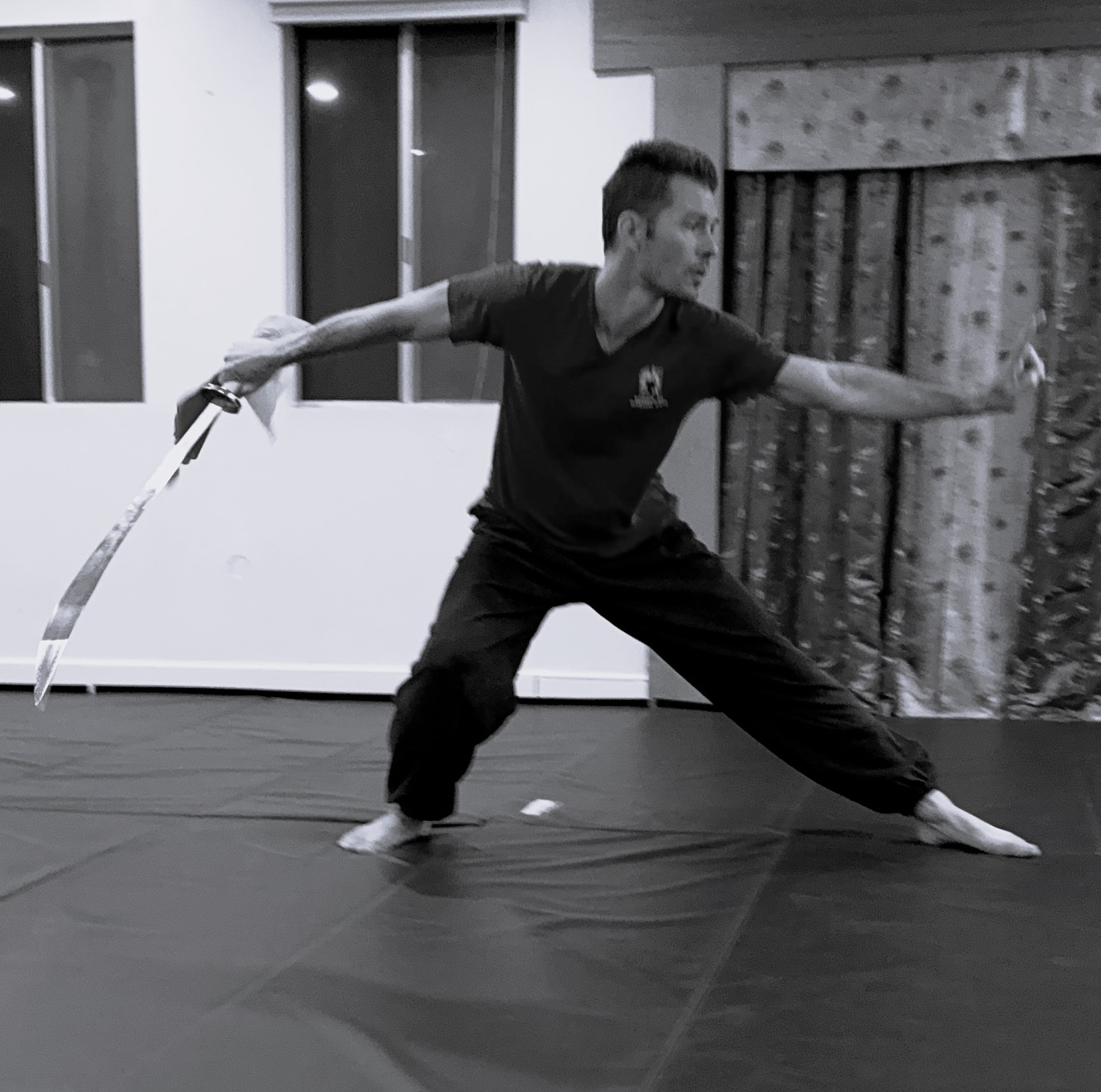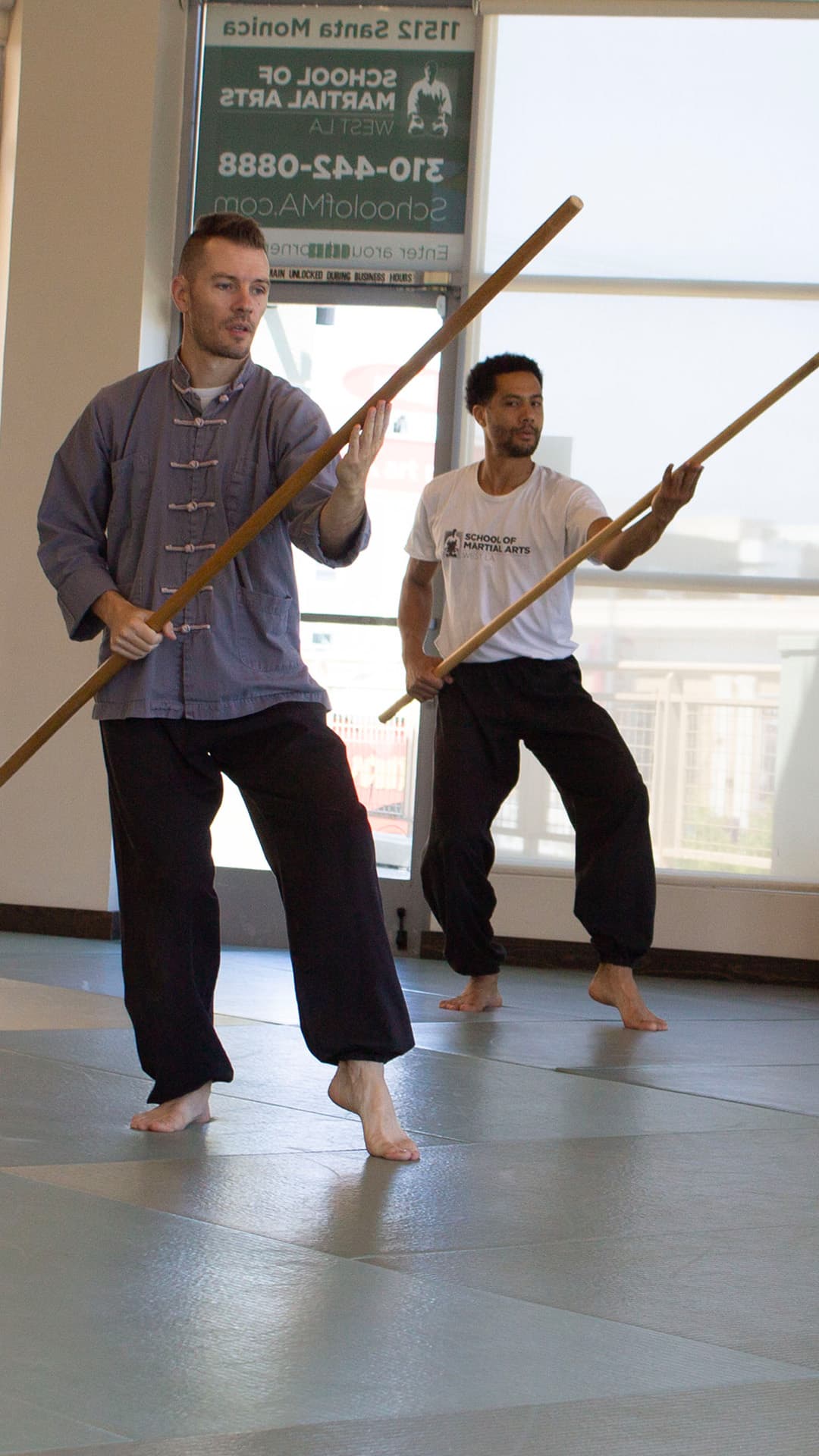
I get asked a question from time to time in kids class classes and I think the dojo’s adults should ask too (don’t you get tired of feeling like you’re supposed to know everything because you’re old?): What does Martial Arts mean?
Defining “Martial” and “Art”
I always start by explaining the word “martial” because it’s pretty simple. It this context it means “fighting”. So, Martial Arts is the Art of Fighting. Then I go on to explain what “art” means and I usually say something like, “You know how a painter makes a painting and that’s art? Well our art is the way we move and breathe and live.” A pretty good answer if I do say so myself. But I was thinking a bit more about what exactly art is. The phrase more art than science has always intrigued me. It seems a main difference between art and science is predictability. Science is filled with experiments that are repeatable with predictable results. Art, however, is unpredictable.
The Balance Between Science and Art in Martial Arts
When we learn techniques in Kung Fu or Brazilian Jiu Jitsu, we try and get all the details just right. In Tai Chi, we get as close to the “ideal” posture as possible. We take a scientific approach to studying and perfecting our art, so there is plenty of repetition and predictability. Yet there is also plenty of unpredictability. The art is in the way we apply the techniques in each moment, as well as how we perform them as individuals. No two people do any technique the exact same way. This is the way it should be as Martial Arts is organic, alive. The way techniques are transferred from teacher to student allows for some adaptation to the individual; there is no way to predict exactly how any technique will look. This is not to say we should try and change the technique or posture on purpose just to be different. What we do naturally becomes individualized the more we practice. In a way each of us have our own art that is individually expressed.
Creativity in Practice and Partner Work
There are also near infinite combinations of techniques, especially when we practice with a partner. We react to our partner’s energy, they react to our response, on and on, each exchange a new permutation. In each session of sparring we see totally new series of interactions. Every time we roll in Jiu Jitsu we experience a brand new flow. All of this is possible because of our creativity. At higher levels we allow the art to flow through us, or as Bruce Lee said, let it happen. We are spontaneously creating our art each time we bow onto the mats or to our partners. An important part of our philosophy is to treat challenges as opportunities. This allows us to flow creatively rather than being stuck. When we let go and let flow we experience our art as our highest selves.
Flow State and Mushin
This reminds me of something Sifu Brown says all the time: Baryshnikov doesn’t love ballet, Tiger Woods doesn’t love golf, and Michael Jordan doesn’t love basketball; they love the state of mind these activities put them in. At the highest level of many activities, especially ones with a physical component, this state of flow is common and necessary to perform our best. In Martial Arts we call it Mushin, or no-mind. Being singularly focused, without distraction, where time seems to disappear feels incredible. This state is only possible when the ego is transcended and we allow what we have practiced for years to flow through us. We must let go of any idea of winning, losing, or even creating something special. These egoic tendencies only get in the way of pure, spontaneous creativity. When we allow art to flow through us, we are therefore experiencing a form of enlightenment.
The Paradox of Art
A reason art may be so difficult to explain and understand is that along with being unpredictable, it is paradoxical by nature. It is a process of individual expression while also being a process of letting go of one’s egoic nature, at least in the moment. The best way to understand art, I believe, is to experience it. So get to class!


